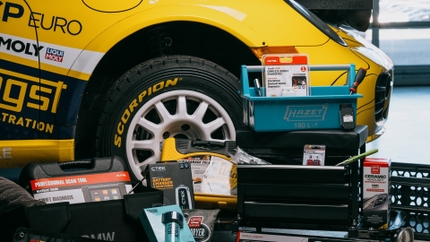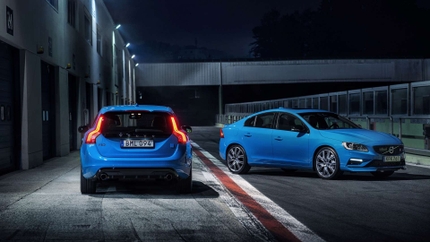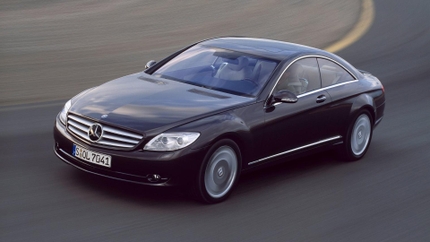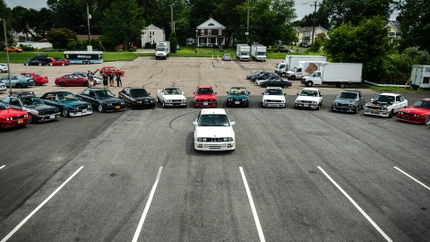- 06/01/2023
- 20 Min Read
- By: Danny Kruger
Mercedes W166 M-Class & GLE-Class Buyer's Guide
In today’s society, the SUV and crossover are the go-tos for many families and commuters across the United States. Boasting interior space and a plush ride as well as safety in size, it's easy to identify the draw that has many people shifting to larger vehicles. Enter the Mercedes W166-chassis, an SUV intent on delivering that quintessential comfort and utility a step higher than its peers via the trademark Mercedes build quality.
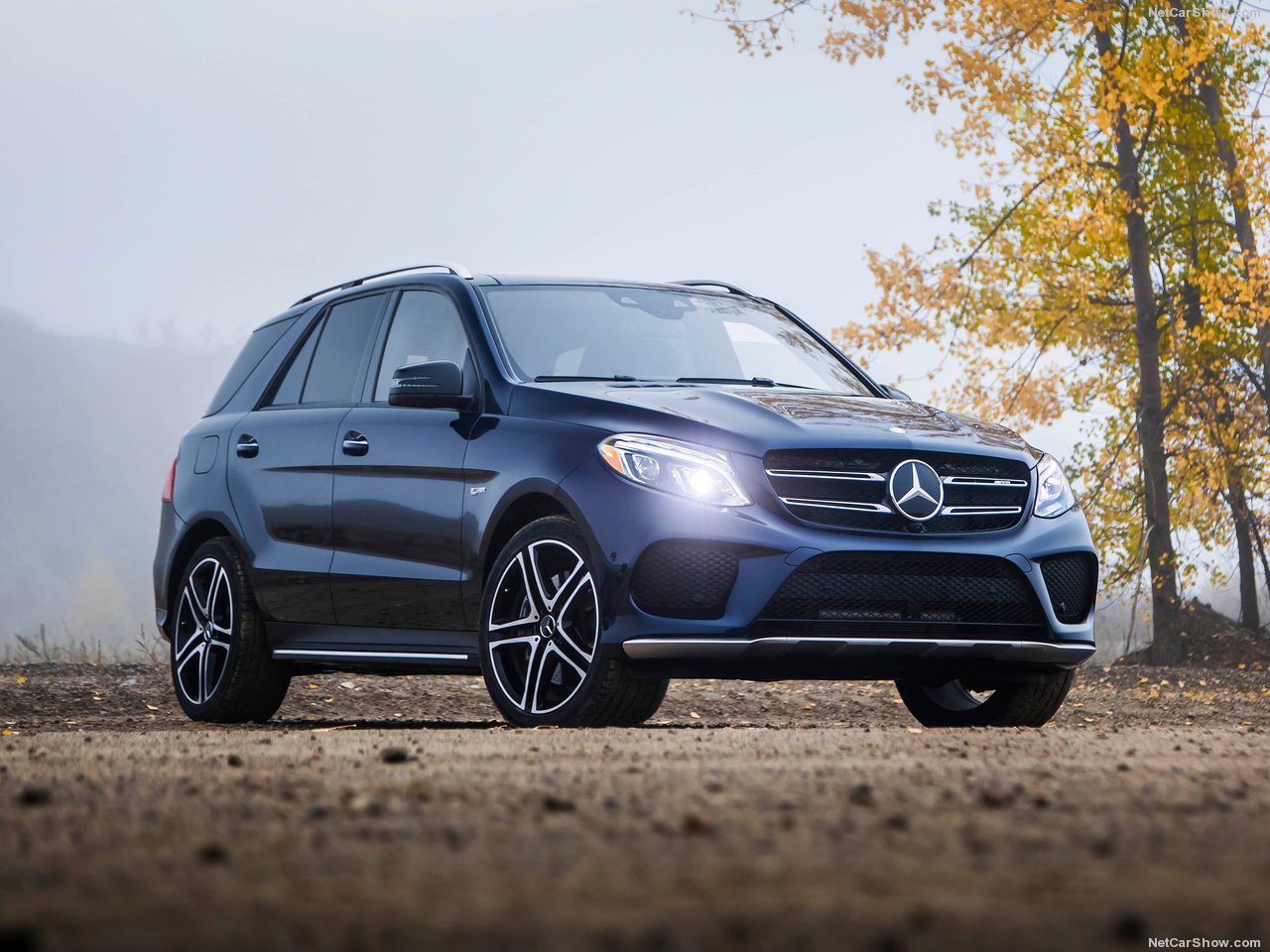
As a direct result of the staple Silver Arrow luxury image lying in a low-slung sedan, the durable and quaint all-rounder products of Mercedes-Benz’s Sport Utility efforts often slip from the mind. From the W163 of the late-90s to today’s class-beating W166, we’ve seen a colossal effort towards creating and refining the ultimate luxury people carrier over the past decades. From suspension geometry to engine options, accessory variation to braking systems, this is everything you need to know about the Mercedes-Benz W166 Chassis.
Mercedes W166 M-Class & GLE-Class Buyer's Guide Table of Contents |
Mercedes W166 M-Class/GLE-Class Background
The Mercedes M-Class was initially introduced to the US market as a relatively-pedestrian SUV with a functional-yet-tasteful interior and a host of new technology packed into a classical body-on-frame design. The first SUV sold with electronic stability control, the W163 ML also came standard with front and side-impact airbags as well as a two-speed transfer case and electronically locking front, rear, and center differentials. As a whole, the W163 wasn’t exactly a home run, as many complained of significant panel gaps, questionable quality, and a bit of a garish aesthetic. Despite this, the W163 chassis was awarded MotorTrend’s “Truck of the Year” award as a comfortable, reliable, and stout instrument. But, peeling back the somewhat onion-like outer layers of the flagship SUV, owners were provided a safe and trustworthy vehicle that would get them to work every day, and still do; decades later, we still see the reliable and durable W163 roaming the streets today.
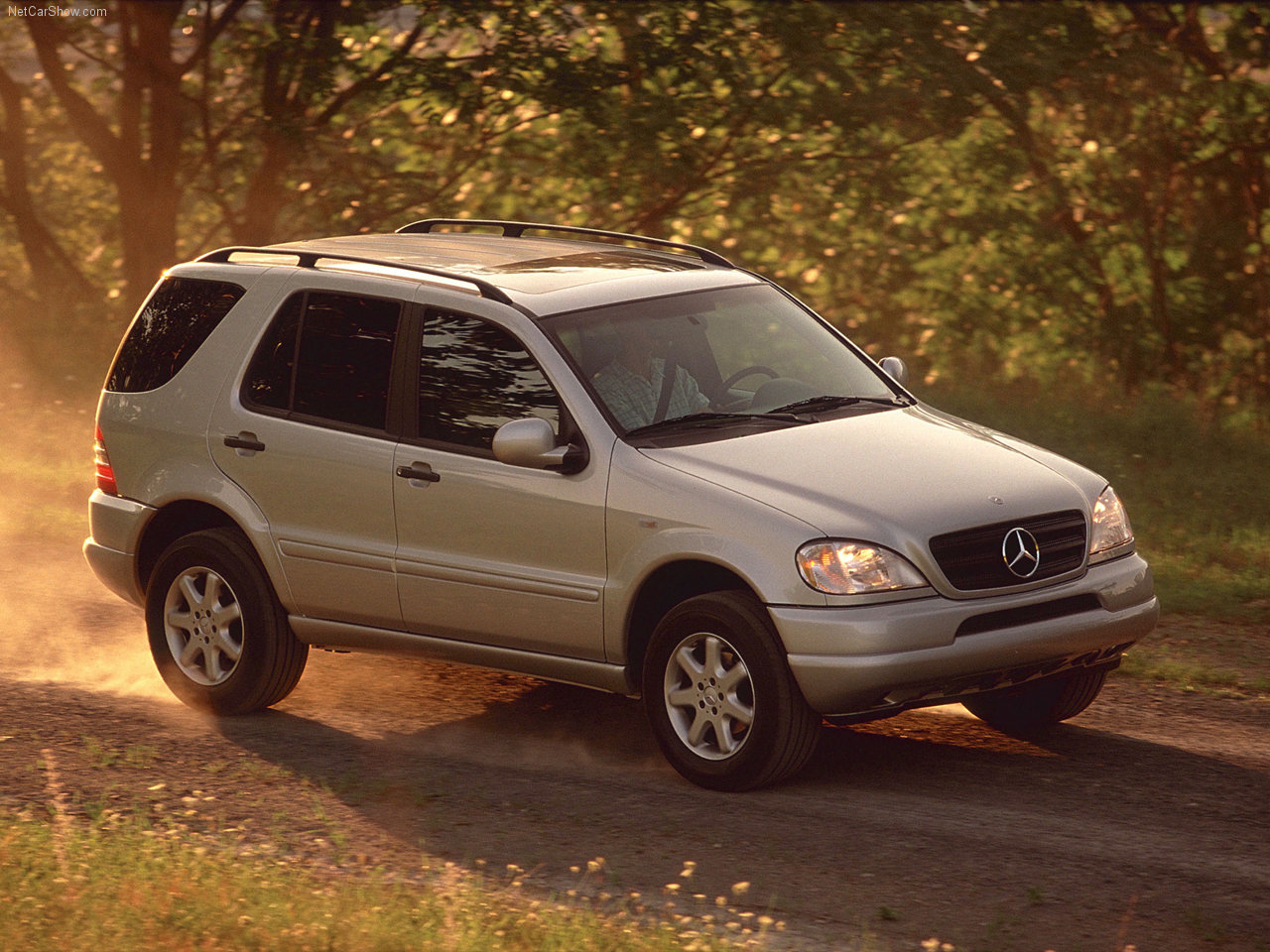
In 2005, the fully-redesigned and updated W164-chassis ML was introduced to the US market as a 2006 model year. Now built on a unibody structure with a more streamlined exterior, the new ML retained much of what was positive on the W163 and changed nearly everything that wasn’t. Quality was notably improved, and capability increased as well; the electronic front and rear differentials remained, and while the transfer case became a single-speed unit, the center differential was upgraded to a limited-slip model to more adequately distribute power and traction. The AMG-tinkered ML63 took a massive leap from the already-rapid ML55, grabbing the title of the most-powerful naturally-aspirated SUV in the world at the time of production via its M156 naturally-aspirated powerplant.
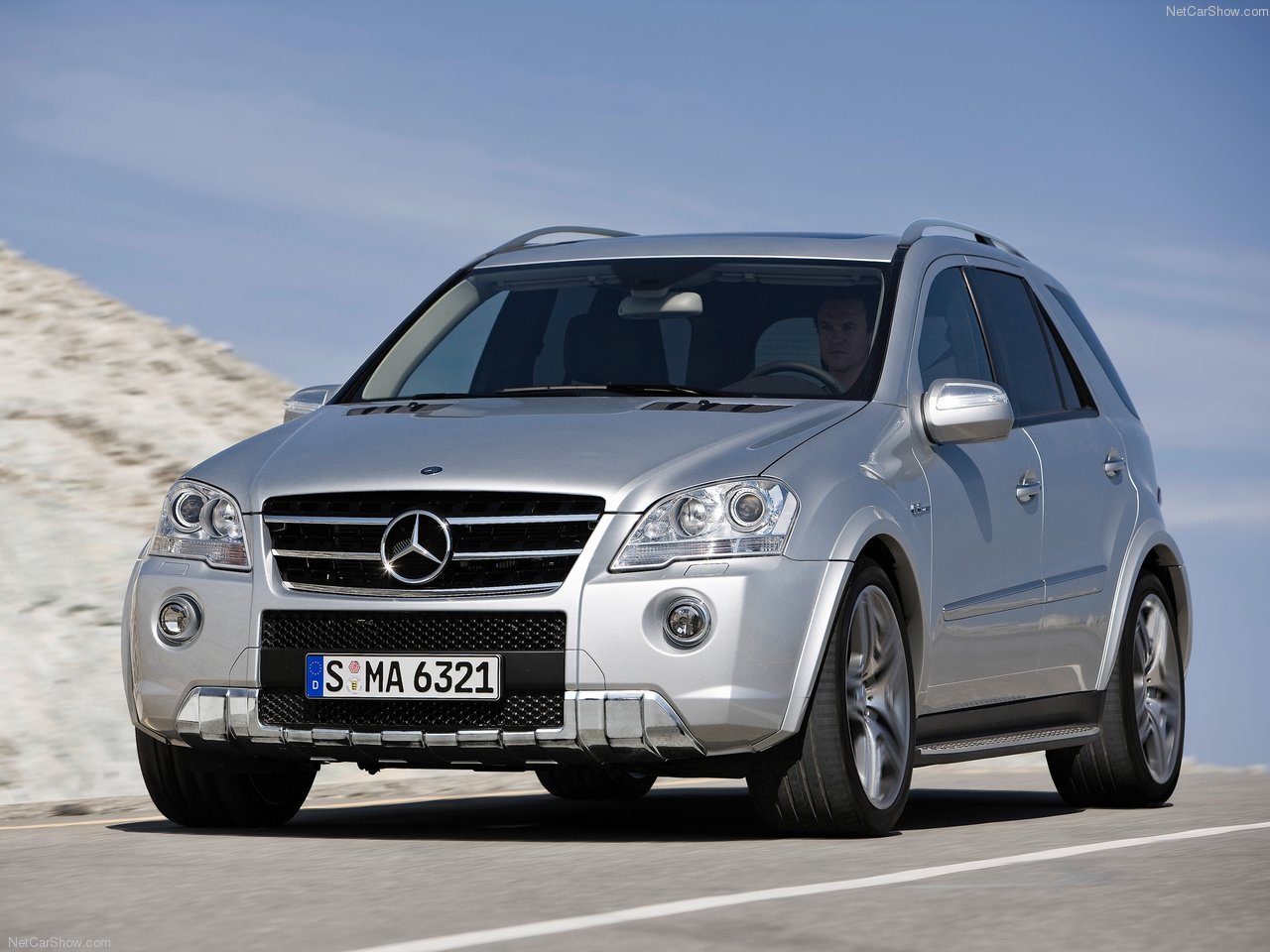
The W164 would see a mid-cycle facelift and the odd tweak and improvement before giving way to our vehicle of focus in a move toward the future, the W166, in the 2012 model year.
Understanding The W166 M-Class & GLE-Class
While the outer-facing aesthetic of the W166 ML and GLE-Classes may differ significantly, the GLE can most easily be viewed as a rebranding of the outgoing Mercedes ML. Introduced in 2015, the GLE carried over much of the architecture from the ML in an elegant and modern package, introducing slight styling and customization tweaks to set the vehicles apart from their ML counterparts. As the W166 chassis progressed through the production cycle, a host of option packages and design improvements were introduced that added a bit more depth than originally present on the W166 MLs, from the application of an off-road-focused package to the introduction of electronically-assisted power steering to a coupe-style AMG SUV, I’ll discuss the intricacies of the W166 chassis a bit further below.
The Mercedes W166 At A Glance
- Independent, double wishbone front suspension with coil spring, single-tube shock absorber, and torsion bar as standard. Optional Mercedes-Benz AIRMATIC system for increased comfort over shock/coil spring design.
- Independent, multi-link suspension rear with coil spring, single-tube shock absorber, and tubular torsion bar. AIRMATIC package eliminating coil/shock design.
- Electro-Mechanical Power steering system for low-effort cruising and light inputs.
- Advanced option packages encouraging customization, ranging from interior packages to exterior packages to performance packages for both on-road and off-road driving
- A step into the future; new direct-injected powerplants for increased economy, hybrid-assist vehicle offerings with reduced emissions, two diesel engines for high economy figures as well as increased towing ability.
- Unibody design for increased comfort in everyday driving
- AGILITY CONTROL adaptive damping as optional equipment for AIRMATIC vehicles, standard on Sport/Night package vehicles with AIRMATIC
Notable Improvements From The Outgoing W164
With the arrival of the W166 Chassis, we saw a fairly substantial development in build quality, attention to detail, and robustness from the W164 ML. From front to back and inside to the exterior, the W166 put customization into the hands of the prospective buyer.
Fresh Powerplants
In the form of power production, there was a distinct progression into direct injection. the sole carryover from the W164 chassis being the OM642 diesel unit utilized from 2012 through 2014 in the W166 ML 350 BlueTEC. Outside of this slightly-antiquated diesel V6, the W166 introduces a host of power production options in the form of the direct-injected M276 V6 (both available in a naturally-aspirated and biturbo variant across the W166 range, as well as in a hybrid format with the W166 GLE 550 E), the similarly-blueprinted M278 biturbo V8, a similar AMG-only biturbo V8 in the form of the venerable M157, and an all-new biturbo 4-cylinder diesel in the form of the OM651. We’ll get into the intricacies of each of these engines below, but the full range served to bring the W166 up to the modern standard of engineering and fuel consumption across any and all powerplants.
Style For Everyone
In addition to the implementation of a host of power plants new to the M-Class and superseding GLE-Class, we saw the introduction of comprehensive interior and exterior optioning packages, allowing the buyer to tailor their W166 exactly to their taste, style, and need. In this iteration of the staple Mercedes people-carrier, the manufacturer introduced a spread of options packages broad enough to effectively produce two different vehicles when optioned on opposite ends of the spectrum.
A buyer could elect to spec for a bare-bones trail crawler with the capable and high-tech “On and Off-Road” package with AIRMATIC suspension, or could shoot for the sinister “Night Package” on a standard shock and spring, sporting full AMG styling, oversized black wheels, and trim. Besides these polar extremes, buyers had the ability to design for nearly anything in between, all possible within the W166 build sheet. As the options packages for the W166 are nearly-limitless and fairly cutting-edge almost a decade later, let’s break down the majority of these packages as well as what they entail below.
W166 ML/GLE Mercedes Options List
- Premium 1 Package: Includes a variety of high-tech features (Blind Spot Assist, Android Auto, Apple CarPlay, 115-volt power outlet, no-charge navigation map updates for 3 years, Lane Keeping Assist)
- Premium 2 Package: Premium 1 Package plus active LED headlamps, Adaptive Highbeam Assist, multicolor ambient lighting, heated and cooled front cupholders, 2nd-row side-window sunshades
- Premium 3 Package: Premium 2 Package plus PRE-SAFE® PLUS, Parking Assist with Parking Pilot, Surround View System, Active Lane Keeping Assist, Active Blind Spot Assist
- ACTIVE CURVE SYSTEM Package: ACTIVE CURVE SYSTEM plus Adaptive Damping System for increased response and comfort integrates sway bar decoupling for on-road cruising comfort and off-road capability.
- Dynamic Handling Package (M-Class): Adaptive damping system, Active Curve System, AIRMATIC air suspension, 20-inch twin five-spoke alloy wheel
- Exterior Sport Package (P31): AMG body styling and 20-inch AMG 5-spoke wheels, Parking Assist Package (Includes Parking Assist with Parking Pilot and Surround View System), Interior Sport Package (Sport interior appointments, sport front seats, and brushed aluminum pedals)
- Night Package (P55): Exterior Sport Package, plus 20-inch black AMG 5-spoke wheels and Gloss Black exterior accents
- Convenience Package: Rear Sunshades, heated & cooled cup holders, 2nd row seat pass-through
- Lighting Package: Bi-Xenon Head Lamps, Active Curve Illumination, Adaptive Highbeam Assist
- On/Off-Road Package (430): AIRMATIC Air Suspension, Adaptive Damping System, two-stage transfer case, selectable off-road settings with electronically-locking differential, additional undercarriage protection
- Lane Tracking Package: Blind Spot Assist, Lane Keeping Assist, Smartphone Integration Package, Apple CarPlay Smartphone Integration (14U)
- Designo Interior Leather Packages (Black, Porcelain, Auburn Brown): Interior package that offers improved touch points, high-quality quilted leather, a color-matched headliner, and upgraded color options and materials throughout.
- AMG Performance Package (ML63 Only): Additional Power (550 hp & 560 lb-ft), AMG Performance Steering Wheel, Dinamica hand grips, Top Speed Raised To 174 MPH, red brake calipers
- Air Quality Package (P21): Ventilation system with microfilter and automatic-recirculation fragrance diffuser.
Mercedes W166 Engines & Transmissions
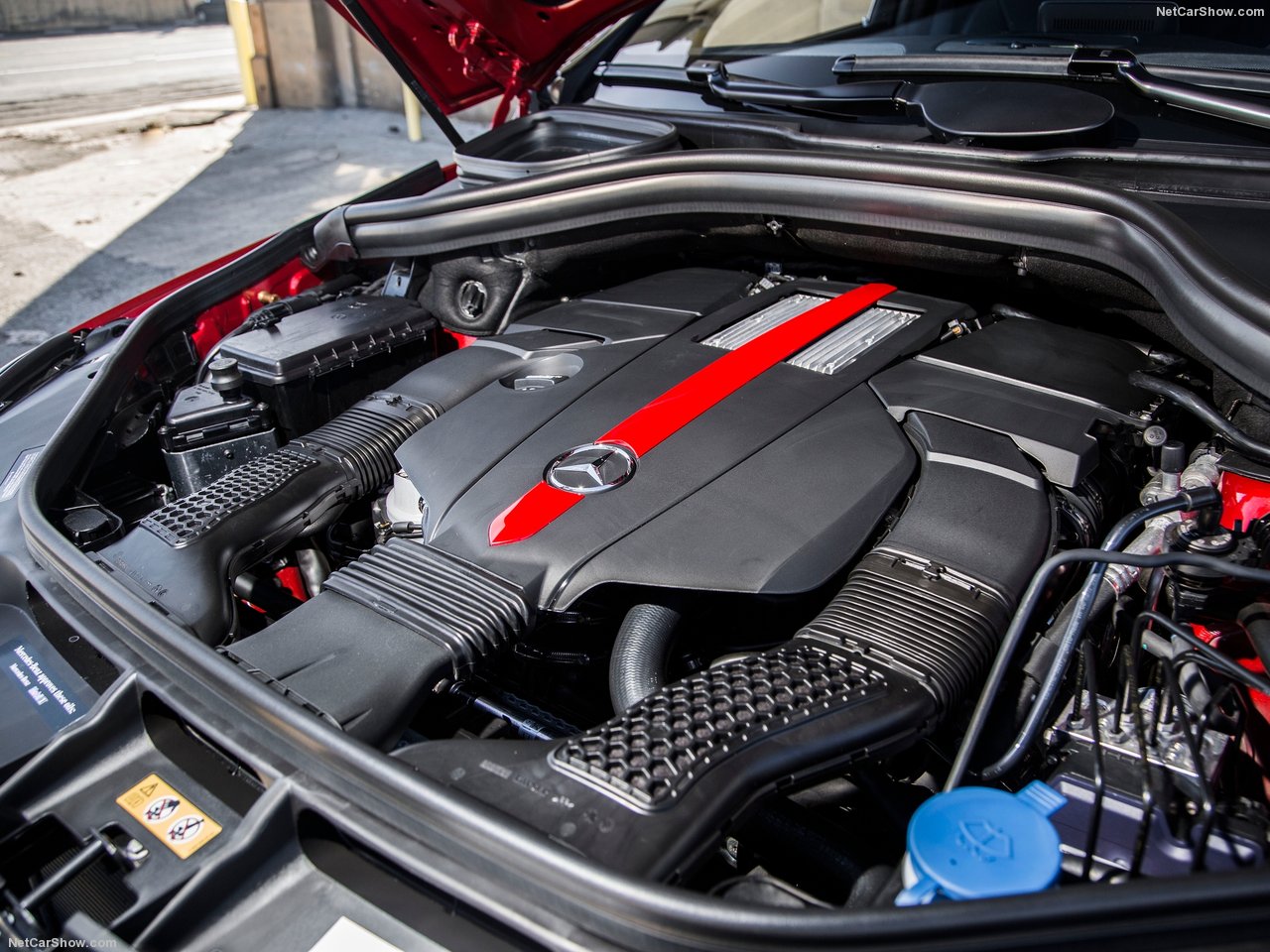
The W166-chassis spanned a fairly pivotal time in Mercedes-Benz engine production, and as such, there’s a good deal to discuss when it comes to engine and transmission options and improvements made on the chassis.
Engines
As the W166 saw a few engines come and go with time, it’s often easiest to distinguish availability between the ML and the GLE separately.
M-Class
|
Model |
Years Sold |
Engine Code |
Displacement |
Induction |
Fuel Type |
MPG (City/Hwy) |
Power (HP) |
Torque (Ft-LBS) |
|
ML350 |
2012-2015 |
M276 |
3.5L V6 |
NA |
Gas |
18/23 |
302 |
273 |
|
ML350 |
2012-2015 |
M276 |
3.5L V6 |
NA |
Gas |
18/22 |
302 |
273 |
|
ML350 BlueTEC |
2012-2014 |
OM642 |
3.0L V6 |
Biturbo |
Diesel |
20/28 |
240 |
455 |
|
ML250 BlueTEC |
2015 |
OM651 |
2.1L I4 |
Biturbo |
Diesel |
22/29 |
201 |
369 |
|
ML400 |
2015 |
M276 |
3.0L V6 |
Biturbo |
Gas |
18/22 |
329 |
354 |
|
ML550 |
2012-2014 |
M278 |
4.7 V8 |
Biturbo |
Gas |
14/19 |
402 |
443 |
|
ML63 AMG |
2012-2015 |
M157 |
5.5 V8 |
Biturbo |
Gas |
13/17 |
518 |
516 |
|
ML63 AMG Performance |
2012-2015 |
M157 |
5.5 V8 |
Biturbo |
Gas |
13/18 |
550 |
560 |
GLE-Class
|
Model |
Years Sold |
Engine Code |
Displacement |
Induction |
Fuel Type |
MPG (City/Hwy) |
Power (HP) |
Torque (Ft-LBS) |
|
GLE350 |
2016-2018 |
M276 |
3.5L V6 |
NA |
Gas |
18/23 |
302 |
273 |
|
GLE350 |
2016-2018 |
M276 |
3.5L V6 |
NA |
Gas |
18/22 |
302 |
273 |
|
GLE300d BlueTEC |
2016-2017 |
OM651 |
2.1L I4 |
Biturbo |
Diesel |
22/29 |
201 |
369 |
|
GLE400 |
2017-2019 |
M276 |
3.0L V6 |
Biturbo |
Gas |
17/23 |
329 |
354 |
|
GLE450 |
2016 |
M276 |
3.0L V6 |
Biturbo |
Gas |
17/23 |
362 |
384 |
|
GLE550e |
2016-2018 |
M276 |
3.0L V6 |
Biturbo |
Gas/Hybrid |
17/23 |
436 |
479 |
|
GLE43 |
2017-2019 |
M276 |
3.0L V6 |
Biturbo |
Gas |
17/23 |
385 |
384 |
|
GLE63 |
2016-2019 |
M157 |
5.5 V8 |
Biturbo |
Gas |
14/18 |
550 |
516 |
|
GLE63S |
2016-2019 |
M157 |
5.5 V8 |
Biturbo |
Gas |
14/18 |
577 |
561 |
As made evident above, the W166-chassis offers an engine for effectively every customer, be it a hybrid, diesel, high-output V8, or really anything in between, although the M276 V6 is the most commonly available. This engine, Mercedes’ primary workhorse following the transition into direct injection, was produced in three variants: a 3.5L, naturally-aspirated unit, a 3.0L, twin-turbocharged variant, and an AMG-tuned 3.0L twin-turbo. The more pedestrian variant is the 3.5L which features unique tuning for Mercedes' SUVs to make a bit less power and a bit more torque in something like an M-Class versus a C-Class. Similarly, the M276 Biturbo variants that are breathed on by AMG are supplied a slightly hotter tune with a bit more boost from the factory to deliver an extra punch over their counterparts.
Across both naturally-aspirated and turbocharged variants of the M276 V6, you have a reasonably stout engine that will typically require a bit more care later in life. The 3.5L engines available without turbos will generally be more sustainable over time with the need for the odd ignition service, PCV repair, and sensor replacement (our sacrificial pigtail kit is a great way to keep oil from creeping into the wiring harness at the camshaft adjuster magnets, but the camshaft position sensors will have to be replaced periodically to prevent leakage). Both earlier-production and higher-mileage engines have shown signs of timing issues; early M276 engines saw a timing chain tensioner revision that added check valves to prevent a noisy start-up, and most engines will have had that service by now, but the chain itself, the adjusters, and the pulse wheels that are press-fit onto the camshafts can become wear points. On biturbo engines, the same issues will occur a bit earlier in life.
If the M276 and its variants aren’t the engines of choice, the W166 chassis still puts a host of options on the table. Two diesel options, the OM642 and OM651, are available for those targeting high torque figures and fewer visits to the pump; both of these options return a substantial increase in highway fuel efficiency. The M278 Biturbo V8 and its M157 AMG counterpart will have an inverse effect on fuel stops but will provide substantially more smiles per gallon thanks to their colossal power figures.
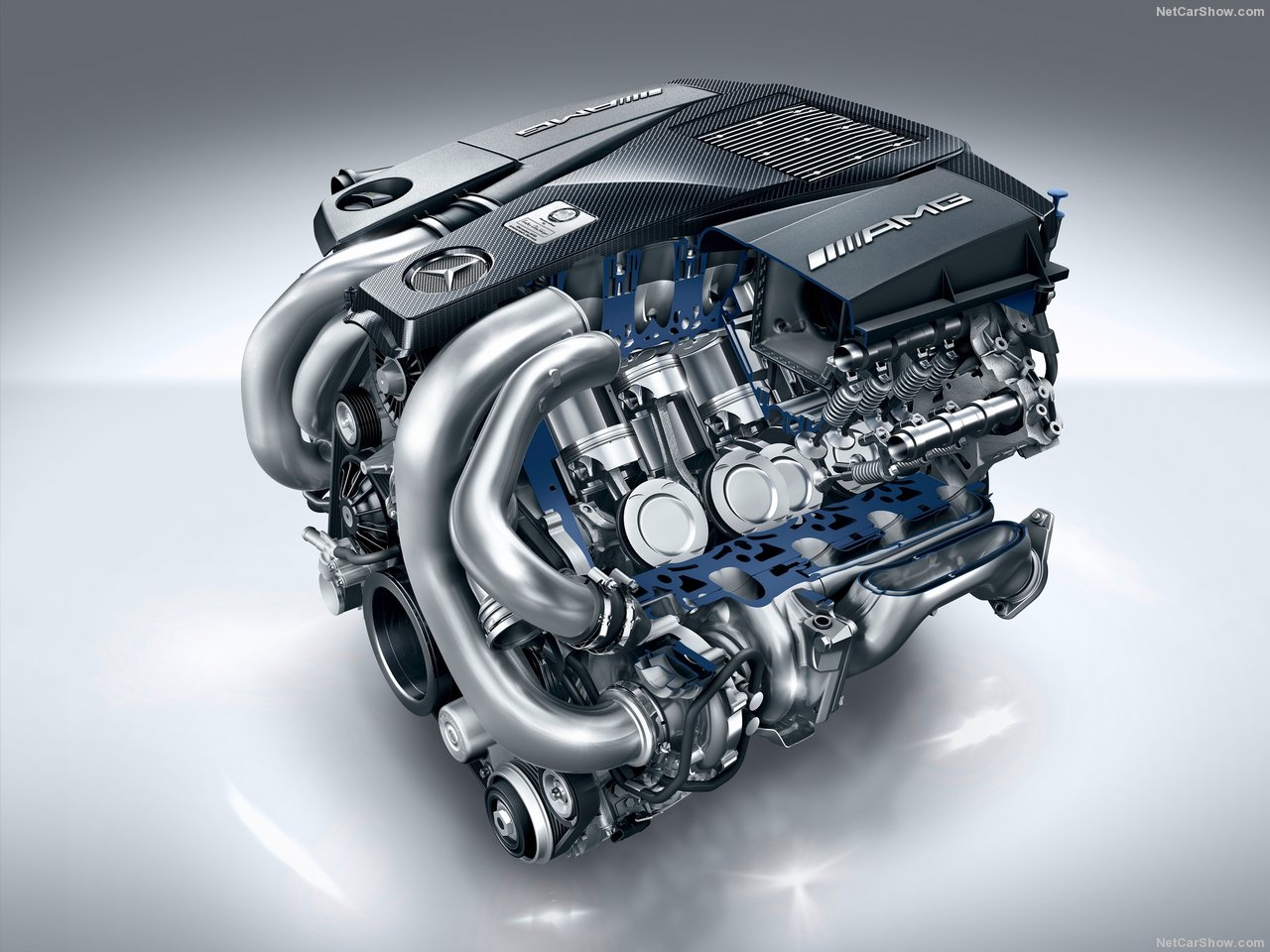
Transmissions
Mercedes historically operates within the mindset of “if it isn’t broken, don’t fix it” when it comes to transmissions. Units are generally overbuilt to the degree that the same unit being used in a low-option base model is the go-to for a top-range AMG. In the many years and iterations of the W166 platform, that's evident by reliance upon the 722.9 transmission, with a very late shift from the beloved 7G-Tronic to the snappy 9G-Tronic in 2019.
The seven-speed 722.9 “7G-Tronic” transmission is a Mercedes stalwart and is largely the transmission of focus when dealing with the W166-chassis as the unit of choice. Utilized from 2012 through 2018, Mercedes worked the 722.9 into a fairly responsive unit that was quick to adapt to an owner’s driving style. With AMG “SPEEDSHIFT” TCU tuning in particular and a commanding driving style on the V8 Biturbo AMG models, the 722.9 is unexpectedly quick to throw an upshift considering its age and rewards the driver with a satisfying baritone bark despite a somewhat-outdated geometry. Reliability is acceptable, though owners will want to keep an eye out for any leaks present or any indication of a low fluid condition. If the fluids and filter are changed in a timely fashion, and the rest of the unit is cared for accordingly, 722.9 owners can expect a long life out of the capable transmission.
In the final year of the W166 GLE class, however, Mercedes implemented the all-new 9G-Tronic (the 725.0). Adding an additional two forward gears, the new nine-speed unit added a bit more versatility to the engine range with better fuel economy, snappier gear changes, and an even broader distribution of power. The tuning is again altered from the factory and retains its self-learning capabilities; the GLE Hybrid, GLE 300d, and GLE 43 relentlessly tear through gears, blasting through upshifts while sacrificing zero forward momentum. Perhaps most interestingly, despite two additional gears and electro-hydraulic actuation, the 9G-Tronic retains the same footprint as its predecessor.
When it comes to maintaining both of these units, the traditional torque converter makes life significantly easier. As long as owners stay on top of fluid and filter change intervals as well as use a premium product, a long and happy life can be expected out of either transmission. 722.9 owners, however, should be weary of a production split with the introduction of the A89 “Low Friction” option code; this can be read about in our 722.9 Guide, or you can simply enter your 722.9 vehicle into the “My Garage” feature on our website to locate the appropriate automatic transmission service kit for your vehicle.
Our recommended service interval on the 722.9 is 30,000 miles for red fluid “Early” units and 77,000 miles for blue-fluid, low-friction “Late” units; both take 9 to 9.7L of fluid. The 725.0 service uses the newer gold fluid, and the recommended service interval is every 6 years or 60,000 miles (though changing any of these a bit early will never hurt). This will generally take around 10 liters of fluid, pending the drain and fill procedure. In any instance, owners should be careful to neither overfill their transmission nor run it low on fluid; damage can occur in either instance.
Where To Buy A Used Mercedes M-Class/GLE-Class?
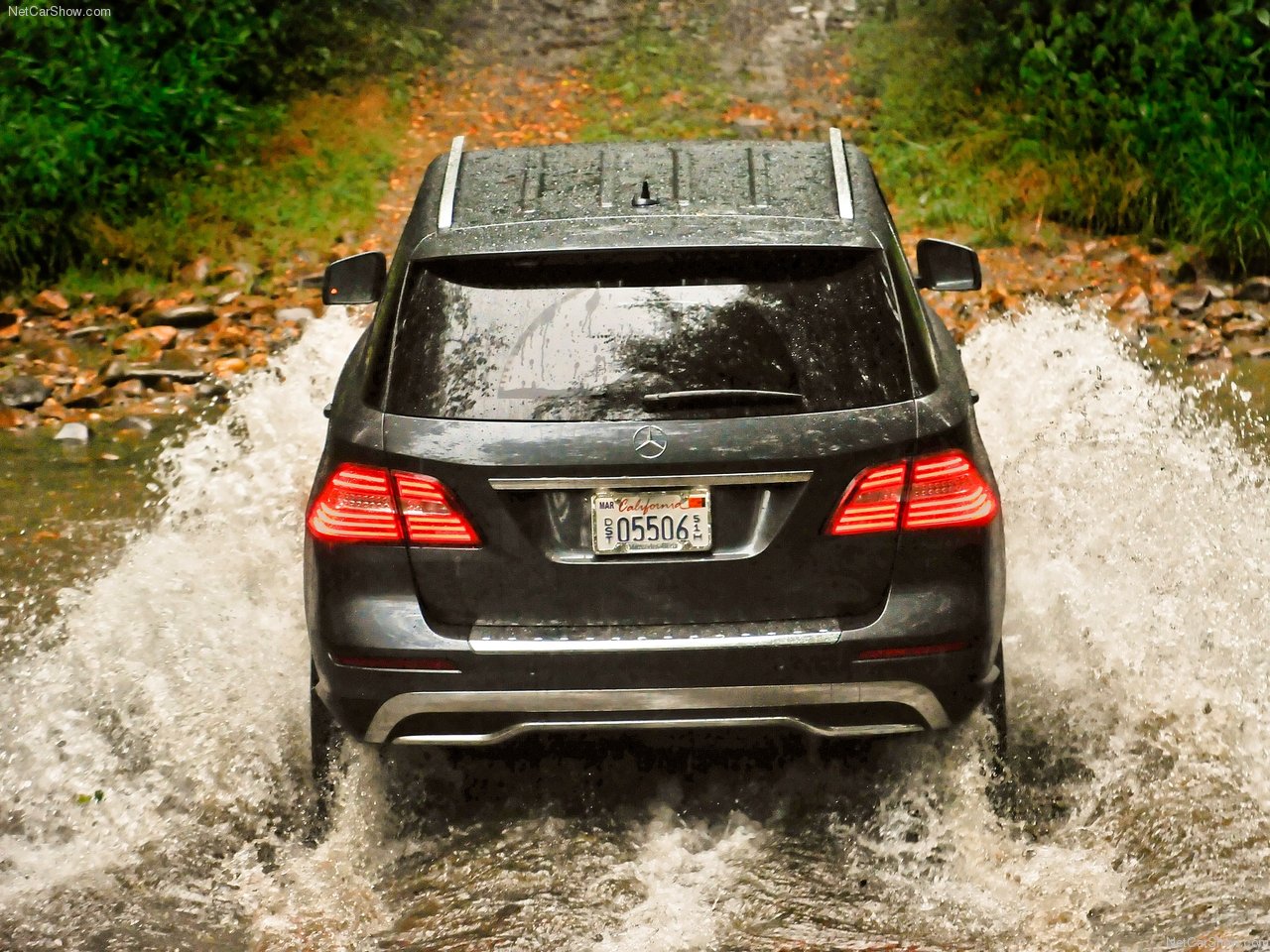
You can find both M-Class and GLE-Class W166 models at your standard used car dealerships as well as private sales on sites such as Craigslist, Autotrader, or Facebook Marketplace. The majority of W166s on the market will see values largely affected by options packages as well as vehicle condition, so aiming to buy from a third party may be lucrative for specific options packages; an On-and-Off-Road package may be detected by the informed buyer, whereas a seller who purchased the vehicle secondhand may not even be aware it's equipped.
Late W166 GLE-Class vehicles may still be found with an extended or pre-owned warranty, and this is definitely recommended if it is feasible; recent history has shown a few of the more modern Mercedes powerplants to be a bit temperamental early in production.
How Much Does A Used Mercedes M-Class Or GLE-Class Cost?
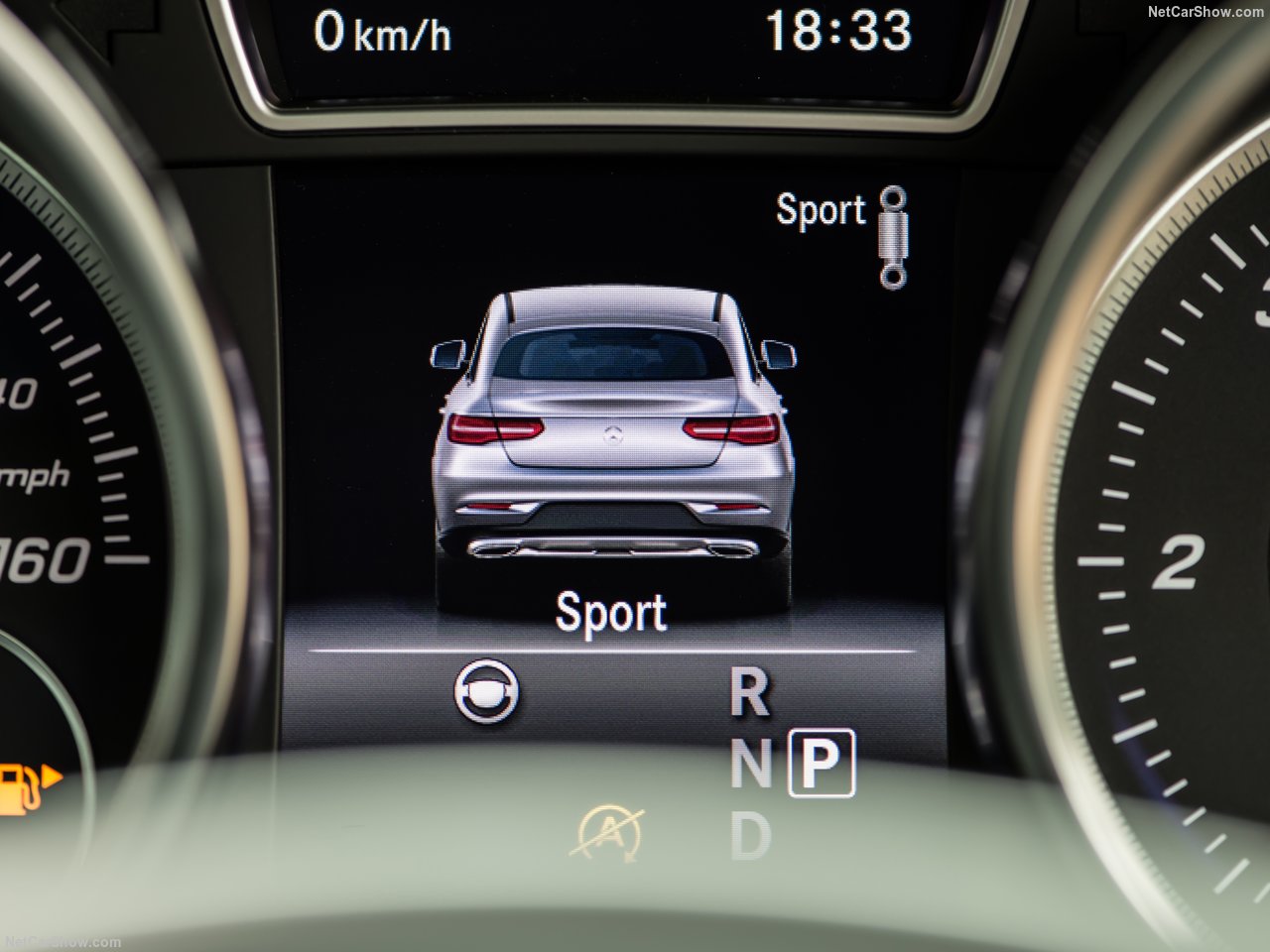
M276 NA/Biturbo (Gas)
For prospective W166 buyers, reliance upon the M276 engine across production is a positive. These engines have proven themselves to be capable in all areas, from reliability to power production to towing and everyday driving. A base-model ML350 or GLE350 will be more than adequate for the majority of owners, offering decent efficiency in the large vehicle while also delivering linear torque through the nine-speed box; the cheaper end of the spectrum will offer rear-driven models, whereas a more expensive example will offer the capable 4MATIC system. Standard concerns exist as a byproduct of the advanced direct injection system, such as carbon accumulation or piezo injector/high-pressure fuel pump failure. Early models had some issues with timing chain guides and lubrication, which are relatively easily remedied, as you can read in our M276 guide.
M276 Biturbo vehicles will be a bit thirstier and may require some additional maintenance as they age (a byproduct of the heat and pressure generated by forced induction). However, these models are an easy way to get a bit more power into the chassis and move upmarket without sacrificing reliability or too much efficiency. Vehicles fitted with this engine are properly quick, and by moving upmarket a bit, many of the more interesting option packages, and features become available.
OM642/OM651 Biturbo (Diesel)
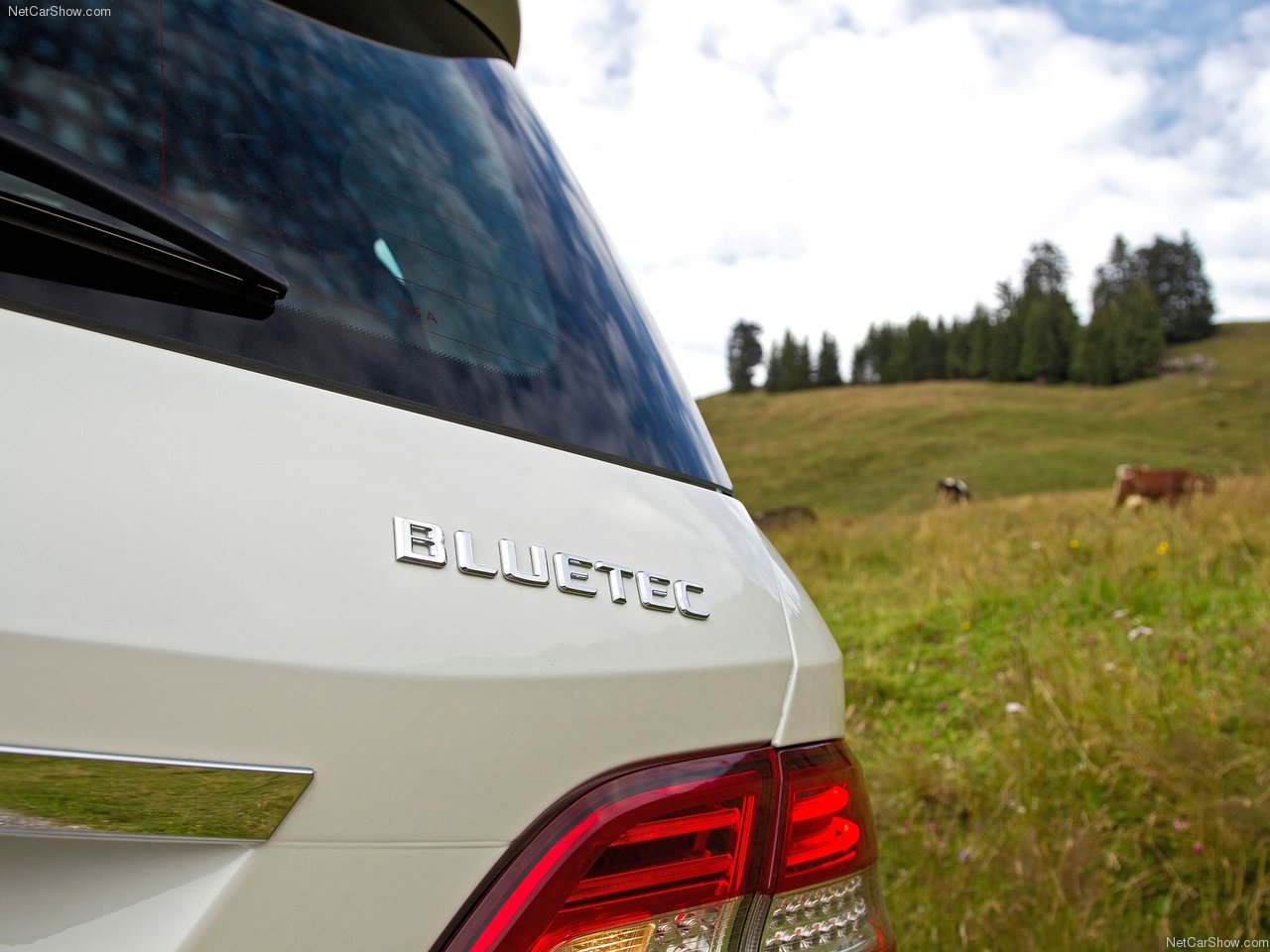
The diesel models that are available on the W166 chassis are a bit more of a talking point when it comes to longevity and long-term maintenance costs. The OM642 is an engine that has been in the Mercedes lineup for a fairly decent amount of time, and as such, information on these vehicles is pretty prominent. Breather system failures, leaky diesel injectors inducing “black death,” and weeping seals are all relatively common occurrences on the turbodiesel-six, none of which will set owners back a substantial amount more than the standard repair on a gas engine; the real costs come when dealing with the emissions-compliance systems. Owners of OM642-and-later Mercedes diesel engines have faced an uphill battle with this system, requiring frequent replacement of the DPF (diesel particulate filter) as well as frequent addition of AdBlue; additionally, DPF regeneration cycles can ask enough of the turbochargers and associated sensors to cause premature wear. Owning these engines can be an expensive endeavor later in life.
The OM651 is a bit of a different animal, even at its young age. Owners of these engines have already attested to a fair deal of issues as well as more expensive fixes across ownership. As a result of increased scrutiny over emissions standards on diesel engines in recent years (some of which Mercedes has directly come under fire for), the OM651 uses a similar DPF and other emissions-focused wearables to the OM642, producing heightened costs as mileage adds up. More worryingly, some higher-mileage OM651 owners have attested to issues with the single-row timing chain system, stating that the unit stretches over time to the point of completely skipping timing and writing off the engine. The replacement can be a bit complicated, as the timing assembly is tied into the diesel injection pump and is located at the firewall-facing end of the engine, meaning servicing the assembly is a tight and labor-intensive endeavor.
M278/M157 Biturbo (Gas)
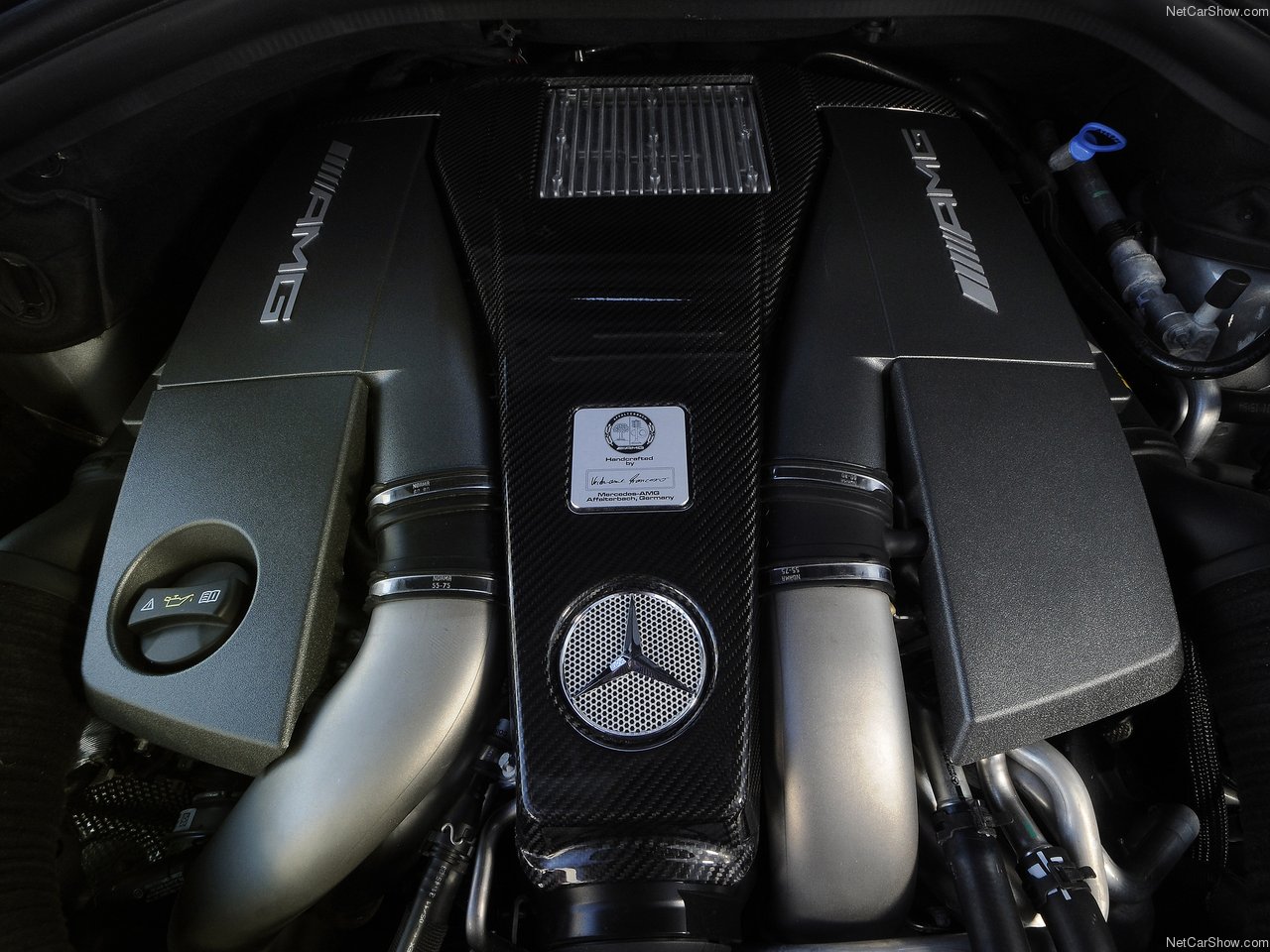
The M278 and M157 engines effectively stem from the same blueprint and, as such, come with the same concerns. Direct injection woes are standard and may require some attention every so often to ensure clean valves and proper operation, but are a relatively reasonable byproduct of a high-efficiency, high-output system. The M278 had identical issues to the M276 early in life, suffering from the same timing issues.
Both the M278 and the AMG-tweaked variant in the M157 have similar ailments, one of which is the timing chain system as mileage becomes higher. While the issue isn’t a source of spontaneous failure, meaning no action needs to be taken prior to an audible chain rattle or an engine code being thrown, the replacement of the timing assembly is fairly involved. In an effort to remedy some of the ongoing timing issues shared between the M278 and M157, the replacement timing assemblies offered a host of tweaks and changes. The original timing chain is replaced with a bolstered unit, using thicker links made of fewer parts, also providing deeper engagement for the timing sprocket. As a result, all timing sprockets must also be replaced to accommodate the new chain and the additional engagement. The tensioners are also now clearanced to contain the hydraulic piston rather than effectively providing infinite extension; this limits the range of motion in comparison to the failure-prone original units. Besides remedying these key areas of the timing system, we’re left with the camshaft adjusters; fortunately, these are compatible with both the original timing kit as well as the revised one, and there’s no need to replace them unless given a reason to.
Used Mercedes ML-Class Pricing (W166)
- ML350 Base (RWD): 2012-2015
- $15,000-$30,000
- ML350 (4MATIC): 2012-2015
- $15,000-$35,000
- ML350 BlueTEC OM642 Diesel (4MATIC): 2012-2014
- $14,000-$35,000
- ML250 BlueTEC OM651 Diesel (4MATIC): 2015
- $19,000-$34,000
- ML400 (4MATIC): 2015
- $20,000-$40,000
- ML550 (4MATIC): 2012-2014
- $19,000-$25,000
- ML63 AMG (4MATIC): 2012-2015
- $25,000-$50,000
Used Mercedes GLE-Class Pricing (W166)
- GLE350 Base (RWD): 2016-2018
- $21,000-$50,000
- GLE350 (4MATIC):2016-2018
- $25,000-$50,000
- GLE300d BlueTEC OM651 Diesel (4MATIC): 2016-2017
- $25,000-$40,000
- GLE400 (4MATIC): 2017-2019
- $30,000-$40,000
- GLE450 (4MATIC): 2016
- $40,000-$70,000
- GLE550E (4MATIC): 2016-2018
- $35,000-$60,000
- GLE43 AMG (4MATIC): 2017-2019
- $40,000-$90,000
- GLE63 AMG (4MATIC): 2016-2019
- $45,000-$90,000
- GLE63s AMG (4MATIC): 2016-2019
- $50,000-$130,000


